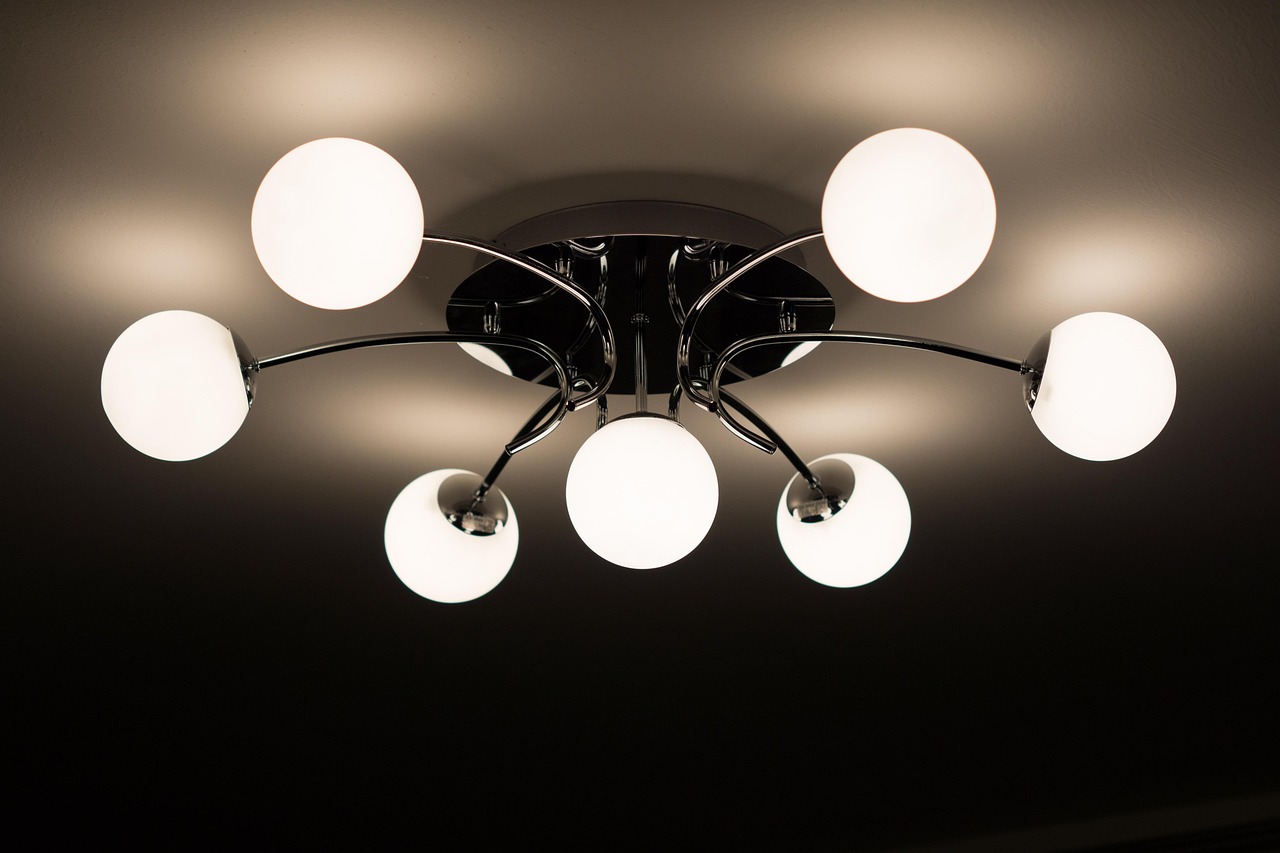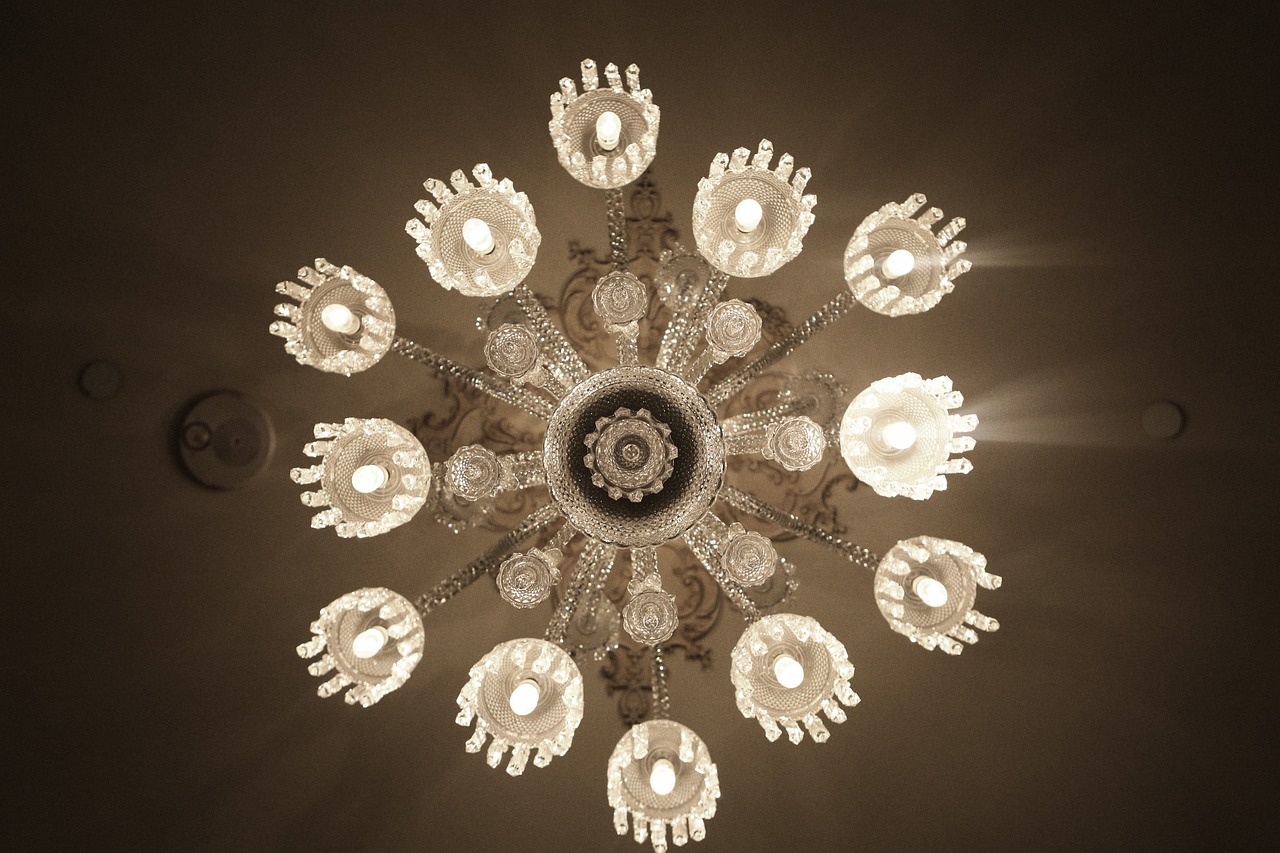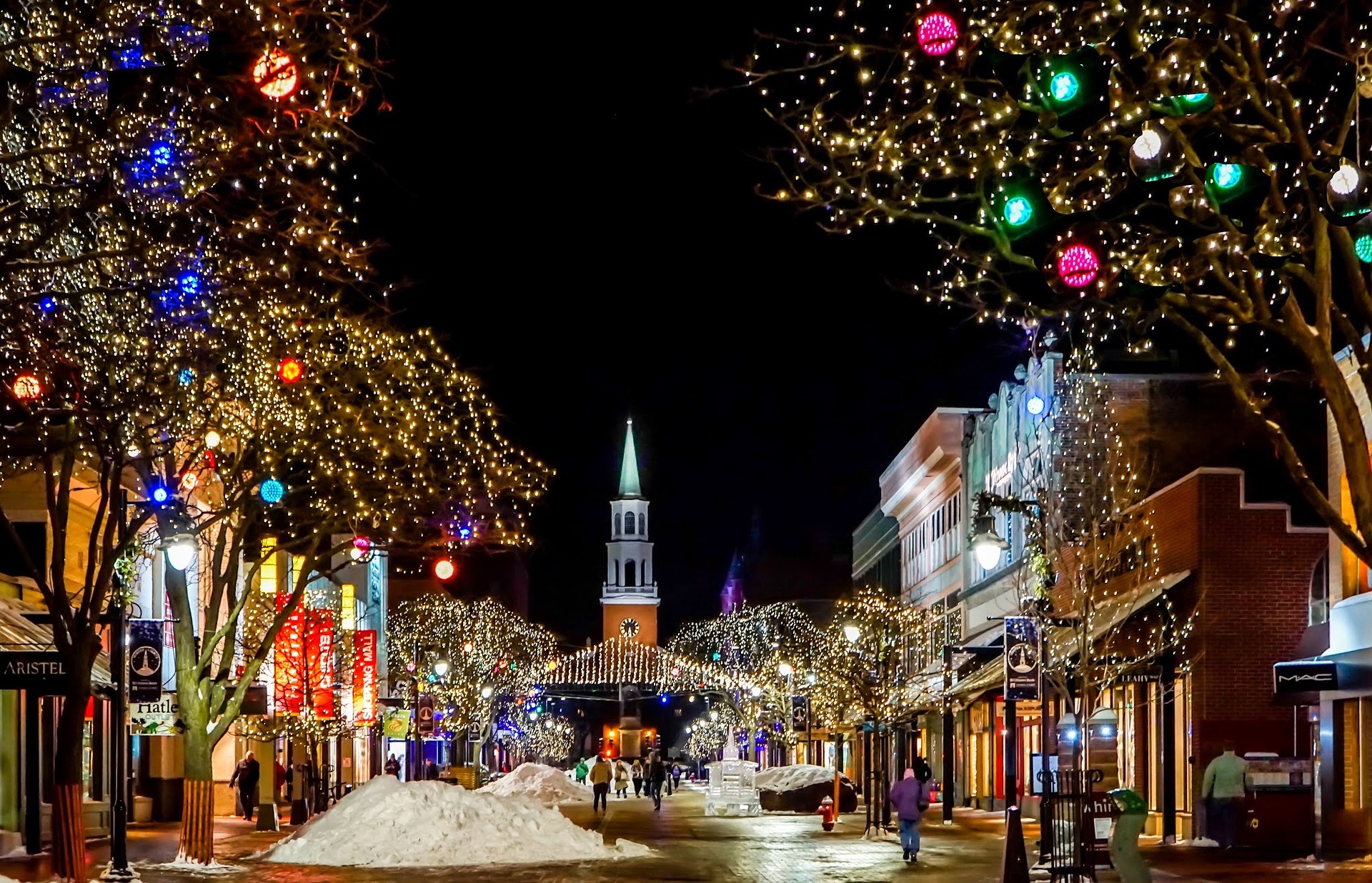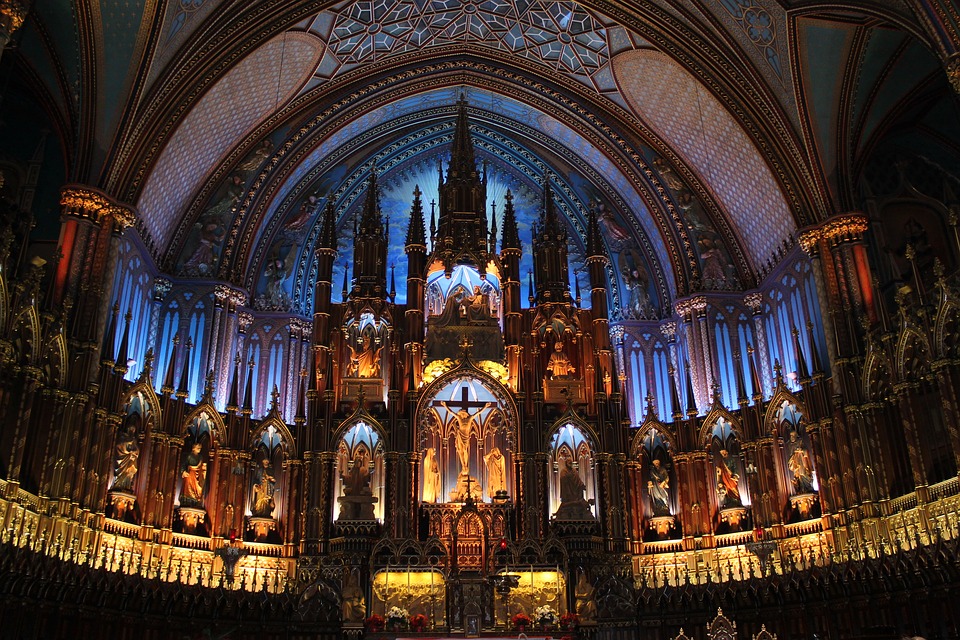
Bespoke Light Shades: Elevating Your Home Decor with Custom Lighting
Lighting plays a crucial role in creating the right ambiance in any room. One way to enhance your home decor

Lighting plays a crucial role in creating the right ambiance in any room. One way to enhance your home decor

Custom blown glass chandeliers are exceptional pieces of art to beautify any room. These masterpieces of light not only illuminate

When we go to church, we notice many things – the beautiful architecture, the peacefulness, the music, and the people.

Adding a custom blown glass chandelier to your dining room, foyer, or living space is an excellent way to add

You need to do your homework when looking for the best church lighting specialist. Whether you are planning to purchase

When it comes to church lighting, many people don’t know where to start. There are so many factors to consider

In today’s article, we will discuss ETO Lighting Rebates. Rebates are a great way to save on lighting for your

Outdoor LED strip lights are outdoor-rated lighting fixtures that come in various lengths and shapes. They can be used to

The LED or Light Emitting Diode is an extremely popular form of light generating bulbs or strips. Today, the LED

Many people have not heard of the 18w LED light bulb. Some people have said this light is just a
Copyright © 2025 | Powered by Beboh.net
Copyright © 2025 | Powered by Beboh.net